How Phaco Machines Work: A Guide for Aspiring Ophthalmologists
Phacoemulsification, a cornerstone of modern cataract surgery, is made possible by the phaco machine—a sophisticated device that breaks down and removes the clouded lens from a patient’s eye. Aspiring ophthalmologists will benefit from understanding how the machine operates, the intricacies of its components, and best practices for its use to achieve optimal patient outcomes. This blog explores the fundamental workings of a phaco machine and explains the essential concepts every ophthalmologist-in-training should grasp.
1. What is a Phaco Machine?
A phaco machine is a high-frequency ultrasound device used to emulsify the clouded natural lens in cataract surgery. It is equipped with a specialized handpiece that vibrates at ultrasonic frequencies, breaking the cataract into tiny fragments that can be suctioned out of the eye. The machine then enables the surgeon to insert an artificial intraocular lens (IOL) to restore the patient’s vision.
2. Core Components of the Phaco Machine
Understanding the main components of a phaco machine is crucial for effective use. The primary parts include:
- Handpiece: The handpiece houses the tip that emits ultrasonic energy, and it’s maneuvered by the surgeon for precise emulsification.
- Foot Pedal: The foot pedal controls the ultrasound power, irrigation, and aspiration functions, allowing the surgeon to adjust settings hands-free.
- Aspiration and Irrigation System: This system maintains a stable pressure in the anterior chamber, irrigating the eye with a balanced saline solution and aspirating the emulsified lens fragments.
- Control Console: The console displays vital information, such as phaco power levels, irrigation rates, and aspiration pressure, providing the surgeon with real-time feedback.
3. How the Phaco Process Works
During a phacoemulsification procedure, the surgeon makes a small incision in the cornea to access the cataract-affected lens. Here’s a step-by-step breakdown of how the phaco machine is used:
- Incision and Access: A micro-incision is made, typically around 2-3 mm in size, allowing the handpiece to access the lens.
- Ultrasonic Emulsification: The handpiece, fitted with a hollow titanium or stainless steel tip, emits high-frequency ultrasound waves. This energy emulsifies the lens into a fine pulp, turning it into a removable liquid form.
- Aspiration of the Lens Fragments: Through the same tip, the machine’s aspiration system removes the emulsified lens fragments, ensuring the eye remains clear.
- Irrigation: Simultaneously, the machine irrigates the eye with a sterile balanced saline solution, maintaining pressure and preventing collapse.
- IOL Implantation: Finally, once the lens has been removed, the surgeon inserts an intraocular lens to replace the natural one.
4. Technical Considerations for Phaco Machines
Ultrasound Frequency and Power
The power of ultrasound used in a phaco machine is typically in the range of 28,000 to 40,000 Hz. Mastering power adjustments is crucial for surgeons since higher ultrasound power can increase the risk of complications, such as corneal damage.
Fluidics Control
Fluidics control is a critical aspect of phacoemulsification, as it determines the flow and pressure of the irrigation and aspiration. Surgeons must balance these settings carefully to ensure a stable anterior chamber, as fluctuations can cause damage to the corneal endothelium or lead to complications like posterior capsular rupture.
Burst Mode and Pulse Mode
Modern phaco machines offer various energy delivery modes, including continuous, burst, and pulse modes. These settings allow surgeons to adjust how the ultrasound energy is delivered to the lens, enabling greater precision and reducing the amount of energy applied, which helps in minimizing heat buildup and potential tissue damage.
5. Safety Tips and Best Practices
- Pre-Procedure Machine Check: Before surgery, inspect the handpiece, foot pedal, and tubing connections to ensure everything is functional and sterilized.
- Monitor Fluid Dynamics: A stable anterior chamber is crucial. Sudden changes in pressure can cause serious complications, so always monitor fluid dynamics closely.
- Use of Pulse Modes: Many surgeons prefer using pulse or burst modes to deliver energy intermittently rather than continuously, which can reduce thermal damage and improve control.
- Foot Pedal Management: Mastery of the foot pedal allows smooth transitions between irrigation, aspiration, and ultrasound functions. Practice operating the pedal hands-free to maximize efficiency.
6. Advancements in Phaco Machine Technology
Recent advancements have led to more intuitive phaco machines that allow for real-time feedback on fluidics and energy parameters, as well as better visualization tools for surgeons. Advanced systems now come equipped with digital interfaces, providing feedback on metrics such as real-time flow rates and chamber stability, enabling even greater surgical precision.
7. Conclusion:
For aspiring ophthalmologists, mastering the phaco machine is essential for safe and effective cataract surgery. Understanding how it functions, the role of each component, and best practices for its use can help ensure successful surgical outcomes. By combining technical knowledge with hands-on experience, trainees can harness the full potential of phacoemulsification technology and offer high-quality care to patients in need.
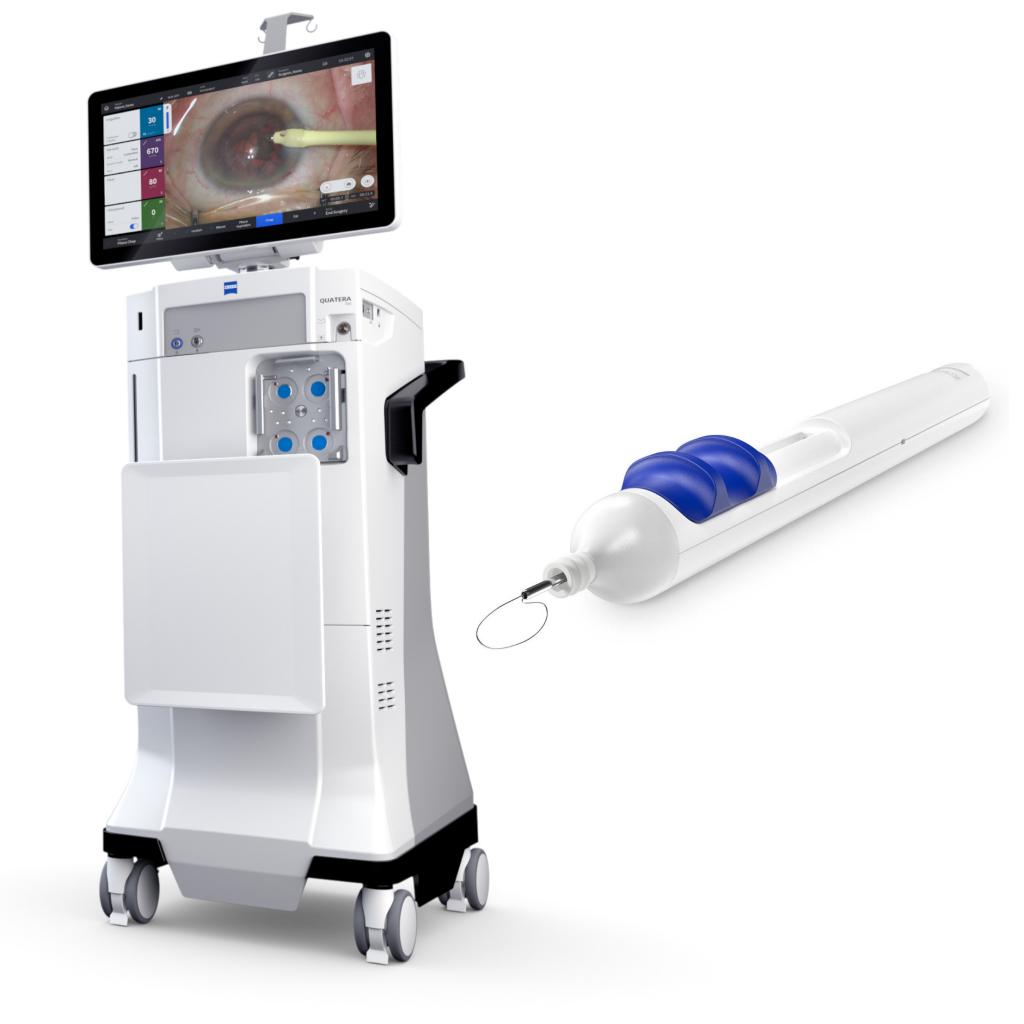


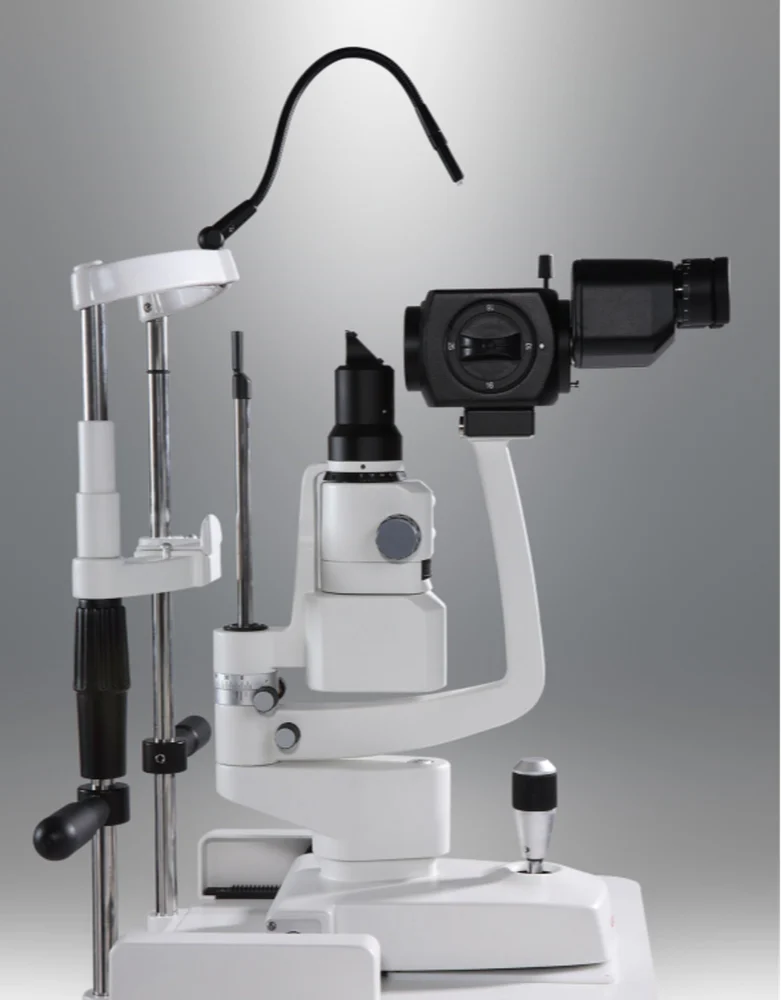

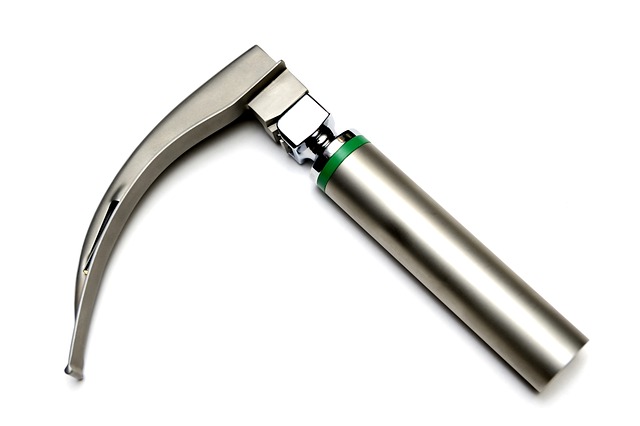


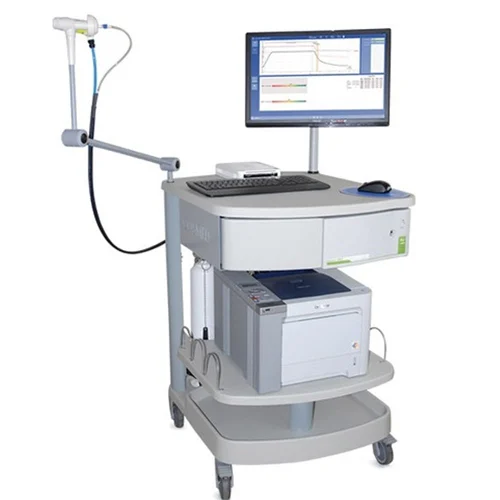
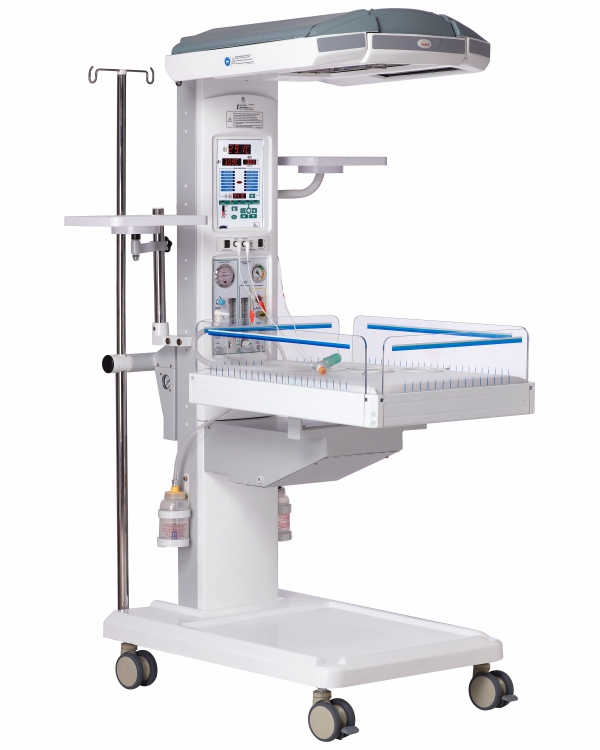
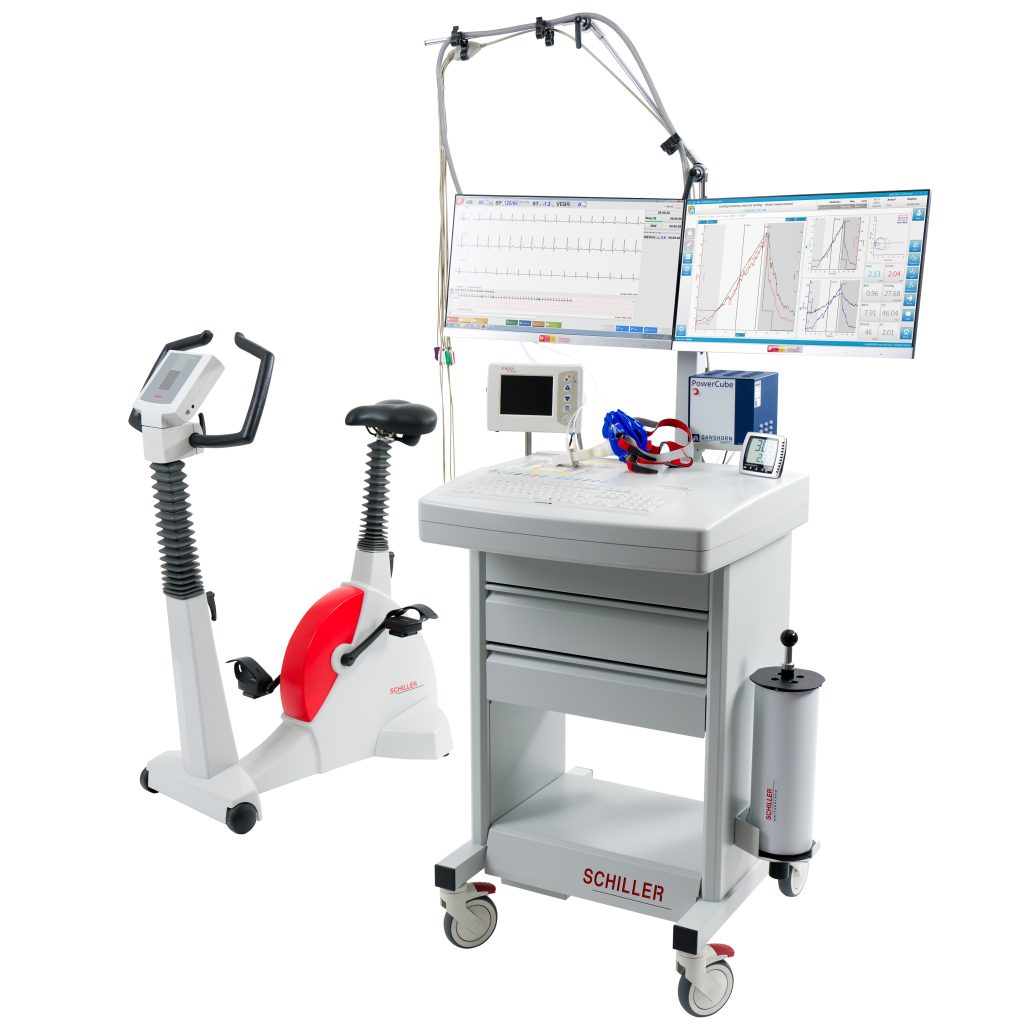




Leave a Reply